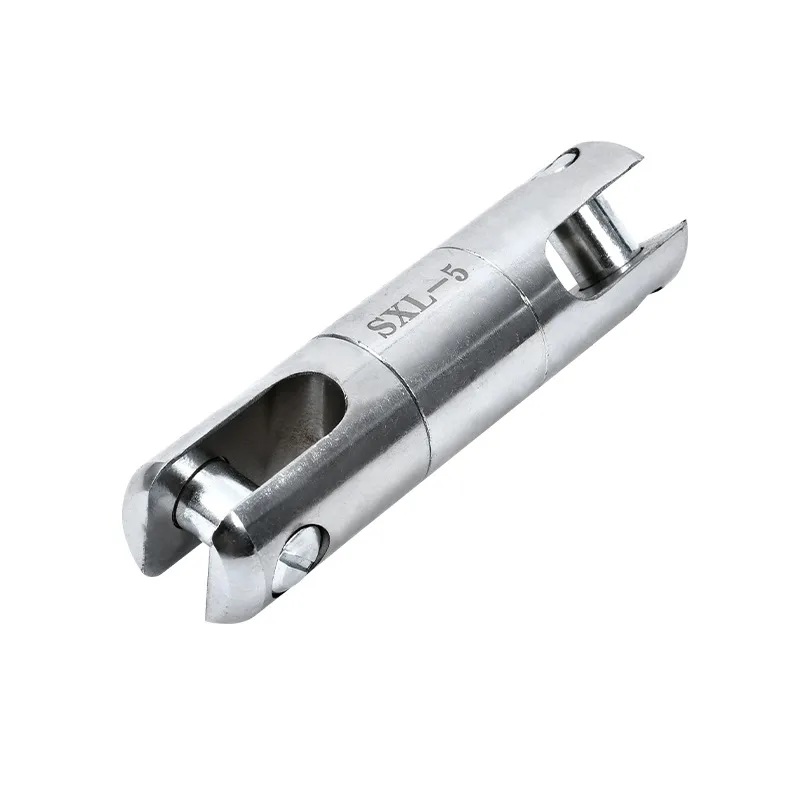
-
 Afrikaans
Afrikaans -
 Albanian
Albanian -
 Amharic
Amharic -
 Arabic
Arabic -
 Armenian
Armenian -
 Azerbaijani
Azerbaijani -
 Basque
Basque -
 Belarusian
Belarusian -
 Bengali
Bengali -
 Bosnian
Bosnian -
 Bulgarian
Bulgarian -
 Catalan
Catalan -
 Cebuano
Cebuano -
 Corsican
Corsican -
 Croatian
Croatian -
 Czech
Czech -
 Danish
Danish -
 Dutch
Dutch -
 English
English -
 Esperanto
Esperanto -
 Estonian
Estonian -
 Finnish
Finnish -
 French
French -
 Frisian
Frisian -
 Galician
Galician -
 Georgian
Georgian -
 German
German -
 Greek
Greek -
 Gujarati
Gujarati -
 Haitian Creole
Haitian Creole -
 hausa
hausa -
 hawaiian
hawaiian -
 Hebrew
Hebrew -
 Hindi
Hindi -
 Miao
Miao -
 Hungarian
Hungarian -
 Icelandic
Icelandic -
 igbo
igbo -
 Indonesian
Indonesian -
 irish
irish -
 Italian
Italian -
 Japanese
Japanese -
 Javanese
Javanese -
 Kannada
Kannada -
 kazakh
kazakh -
 Khmer
Khmer -
 Rwandese
Rwandese -
 Korean
Korean -
 Kurdish
Kurdish -
 Kyrgyz
Kyrgyz -
 Lao
Lao -
 Latin
Latin -
 Latvian
Latvian -
 Lithuanian
Lithuanian -
 Luxembourgish
Luxembourgish -
 Macedonian
Macedonian -
 Malgashi
Malgashi -
 Malay
Malay -
 Malayalam
Malayalam -
 Maltese
Maltese -
 Maori
Maori -
 Marathi
Marathi -
 Mongolian
Mongolian -
 Myanmar
Myanmar -
 Nepali
Nepali -
 Norwegian
Norwegian -
 Norwegian
Norwegian -
 Occitan
Occitan -
 Pashto
Pashto -
 Persian
Persian -
 Polish
Polish -
 Portuguese
Portuguese -
 Punjabi
Punjabi -
 Romanian
Romanian -
 Russian
Russian -
 Samoan
Samoan -
 Scottish Gaelic
Scottish Gaelic -
 Serbian
Serbian -
 Sesotho
Sesotho -
 Shona
Shona -
 Sindhi
Sindhi -
 Sinhala
Sinhala -
 Slovak
Slovak -
 Slovenian
Slovenian -
 Somali
Somali -
 Spanish
Spanish -
 Sundanese
Sundanese -
 Swahili
Swahili -
 Swedish
Swedish -
 Tagalog
Tagalog -
 Tajik
Tajik -
 Tamil
Tamil -
 Tatar
Tatar -
 Telugu
Telugu -
 Thai
Thai -
 Turkish
Turkish -
 Turkmen
Turkmen -
 Ukrainian
Ukrainian -
 Urdu
Urdu -
 Uighur
Uighur -
 Uzbek
Uzbek -
 Vietnamese
Vietnamese -
 Welsh
Welsh -
 Bantu
Bantu -
 Yiddish
Yiddish -
 Yoruba
Yoruba -
 Zulu
Zulu


Oct . 13, 2024 08:23 Back to list
Cost Comparison for 25% Ton Shackle Options Available in the Market Today
The Price of 25% Ton Shackles Understanding Market Dynamics
In the world of rigging and lifting equipment, shackles play a crucial role in ensuring the safety and efficiency of operations. Among the various types available, the 25% ton shackle has gained particular attention due to its versatility and reliability in various applications. This article will explore the factors influencing the price of 25% ton shackles and provide insights into the market dynamics at play.
What is a 25% Ton Shackle?
A 25% ton shackle, typically rated for a working load limit of 25 tons, is a vital component used in securing loads during lifting operations. Made from high-strength materials such as alloy steel, these shackles feature a pin mechanism that allows for easy connection and disconnection. Their applications span industries including construction, shipping, and manufacturing, where they are used to connect cables, chains, or ropes to various types of loads.
Factors Influencing Price
1. Material Costs The price of raw materials significantly impacts the cost of producing shackles. Fluctuations in steel prices, driven by global demand and supply dynamics, can lead to variations in the final price of a 25% ton shackle. Steel is a commodity whose price can be influenced by factors such as mining production rates, economic growth in major markets, and geopolitical events.
2. Manufacturing Process The manufacturing process for shackles involves precision engineering and quality control to ensure safety standards are met. Advanced manufacturing techniques and the associated costs, such as labor and technology, affect the overall price of the product. Companies that invest in state-of-the-art equipment and adhere to stringent safety standards may charge more for their shackles, reflecting their commitment to quality.
25 ton shackle price

3. Brand Reputation Well-established brands that have earned a reputation for quality and safety can command higher prices for their products. Buyers often prefer purchasing from manufacturers with a history of reliability, believing that a higher price reflects better performance and longer life span of the product.
4. Market Demand and Supply The balance between demand and supply in the market plays a critical role in determining prices. During peak construction seasons or expansion phases in industries, the demand for shackles can surge, leading to price increases. Conversely, during economic downturns, a surplus of products may lead to decreased prices.
5. Regulatory Compliance Shackles are subject to various safety standards and regulations, such as those enforced by the Occupational Safety and Health Administration (OSHA) and other international standards organizations. Compliance with these regulations often requires additional testing and certification, which can contribute to overall production costs.
Conclusion
Understanding the pricing dynamics of 25% ton shackles requires a comprehensive look at multiple factors, from raw material costs to market demand. As industries continue to grow and evolve, the need for reliable lifting equipment will persist, maintaining the relevance of shackles in various applications. For consumers and businesses alike, making informed purchasing decisions involves not only evaluating price but also considering the quality, safety, and reputation of the manufacturers.
In conclusion, while the market may fluctuate, the demand for high-quality 25% ton shackles remains stable. Whether you are a contractor, a rigging professional, or someone involved in heavy lifting operations, being aware of these pricing factors will help you navigate the market effectively and ensure that your lifting operations remain safe and efficient. Investing in quality shackles is not just a purchase; it is a commitment to safety and performance in every lifting task.
Latest news
What Are Construction Tools and How Are They Used?
NewsJul.11,2025
Professional-Grade Duct Rodding Tools for Superior Cable Installation
NewsJul.11,2025
Enhancing Safety and Efficiency with Modern Hot Stick Solutions
NewsJul.11,2025
Empowering Cable Installation with Advanced Rodder Solutions
NewsJul.11,2025
Elevate Your Cable Installation Projects with Cable Pulling Tools
NewsJul.11,2025
Efficient Cable Handling Solutions: Cable Rollers for Sale
NewsJul.11,2025











